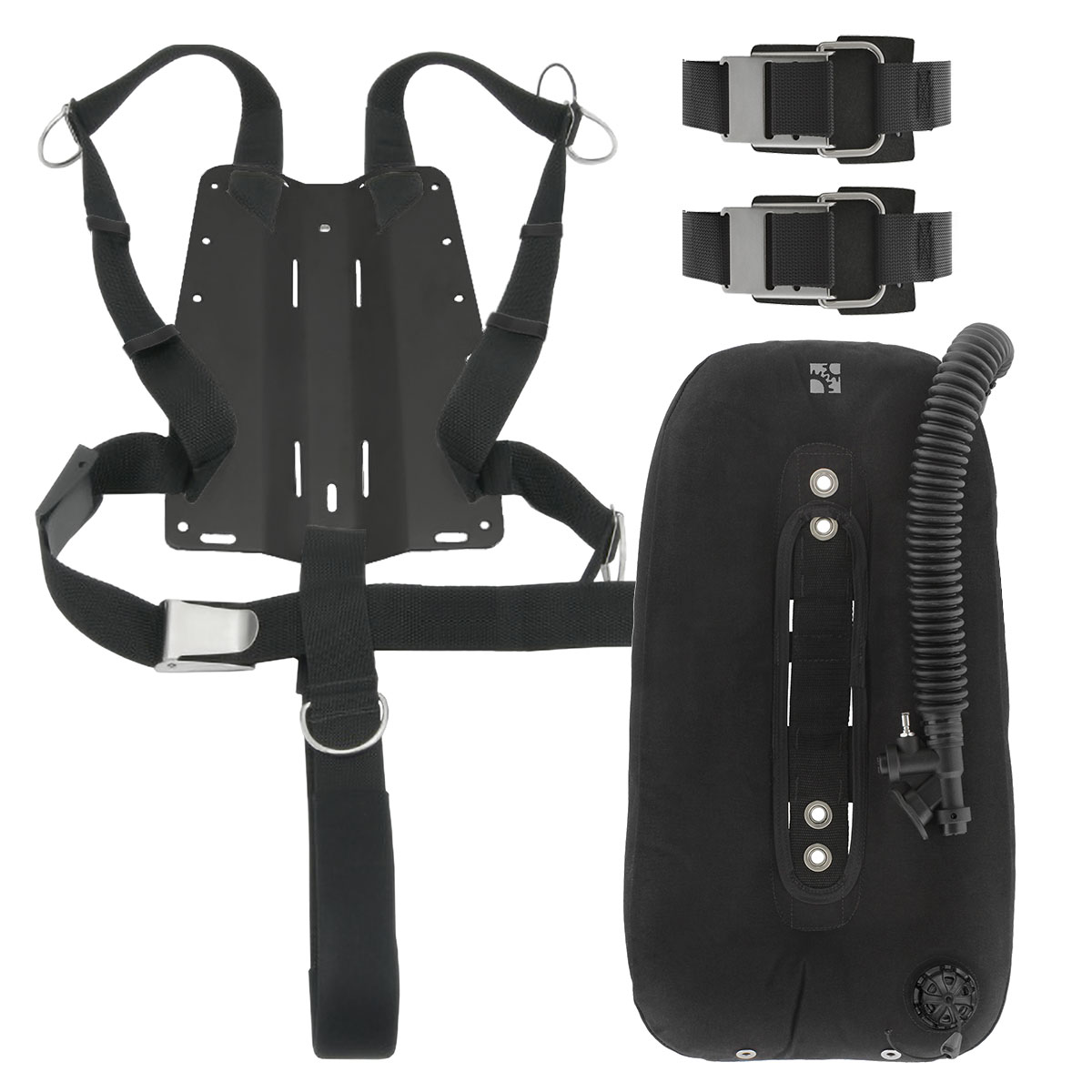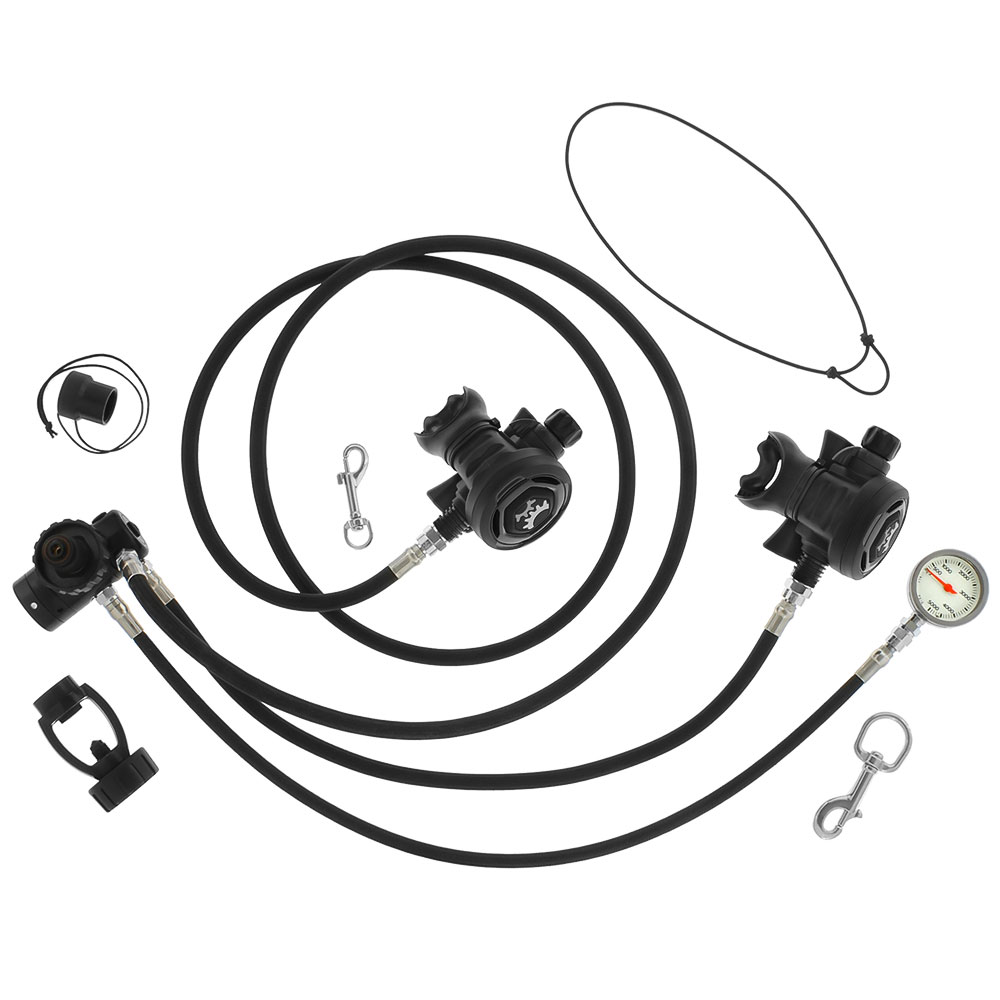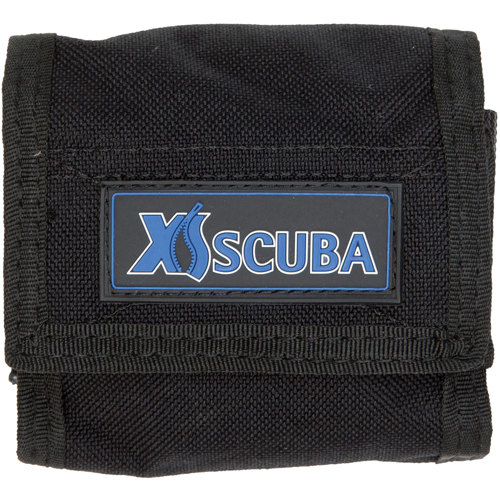Hey everyone,
I’ve been browsing through here doing my best to soak up some knowledge, but the keyword "GUE" is too short to be able to use in the search tool... I’ve been a vacation PADI diver for a few years, but have recently fallen in love with hyperbaric medicine and have decided to really step up my diving competence. Everything I have been reading tells me the next step is to buy the appropriate gear and get started in GUE fundamentals.
Unfortunately, I am new enough that going through the GUE equipment list is a bit confusing. Is anyone able to suggest newbie GUE equipment list, or dumb down the requirements? I don’t have a local GUE shop so I am not confident that they know my needs, and would prefer to not pay that premium if cheaper versions are available online. I will need to buy everything new, from mask, fins, to backplate, BCD, regulator, dive computer, etc. I am hoping this can be done for $1500?
My plan is to go on several week-long diving expeditions in the future throughout the. world, though I can't say I have plans for dry suit or cave stuff at this time.
I am open to all advice and suggestions, but will post a few specific questions as well:
Regulators: The price range on these is so wide, I don't know where to start. It also seems like I'll need the setup to do 2 tanks?
Backplate: I see different weights and configurations (1 vs 2 tank?) and don't know where to begin. I don't plan to dive my own tanks, so I'd like to be able to accomodate whatever tanks are most common in the U.S. and ideally worldwide.
Thank you all so much for taking the time to read this and welcoming me to the community.
I’ve been browsing through here doing my best to soak up some knowledge, but the keyword "GUE" is too short to be able to use in the search tool... I’ve been a vacation PADI diver for a few years, but have recently fallen in love with hyperbaric medicine and have decided to really step up my diving competence. Everything I have been reading tells me the next step is to buy the appropriate gear and get started in GUE fundamentals.
Unfortunately, I am new enough that going through the GUE equipment list is a bit confusing. Is anyone able to suggest newbie GUE equipment list, or dumb down the requirements? I don’t have a local GUE shop so I am not confident that they know my needs, and would prefer to not pay that premium if cheaper versions are available online. I will need to buy everything new, from mask, fins, to backplate, BCD, regulator, dive computer, etc. I am hoping this can be done for $1500?
My plan is to go on several week-long diving expeditions in the future throughout the. world, though I can't say I have plans for dry suit or cave stuff at this time.
I am open to all advice and suggestions, but will post a few specific questions as well:
Regulators: The price range on these is so wide, I don't know where to start. It also seems like I'll need the setup to do 2 tanks?
Backplate: I see different weights and configurations (1 vs 2 tank?) and don't know where to begin. I don't plan to dive my own tanks, so I'd like to be able to accomodate whatever tanks are most common in the U.S. and ideally worldwide.
Thank you all so much for taking the time to read this and welcoming me to the community.






